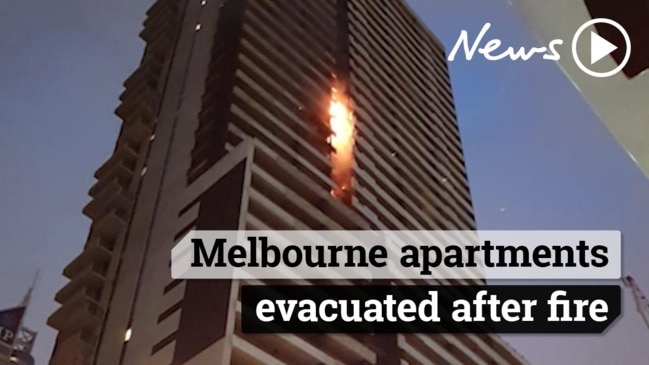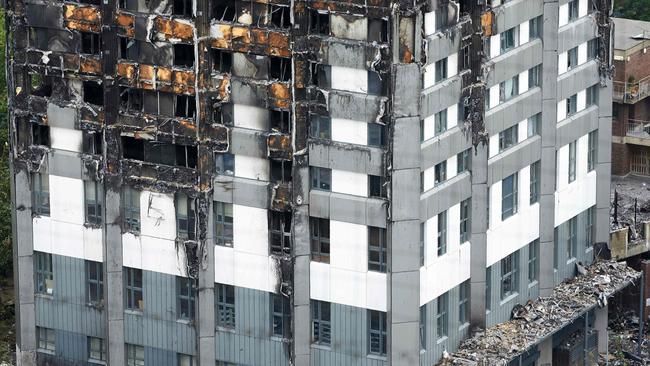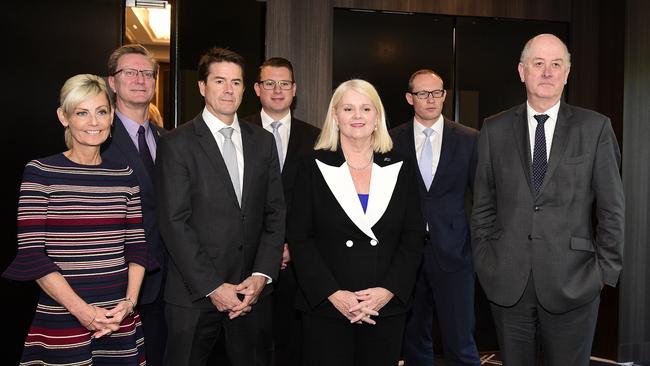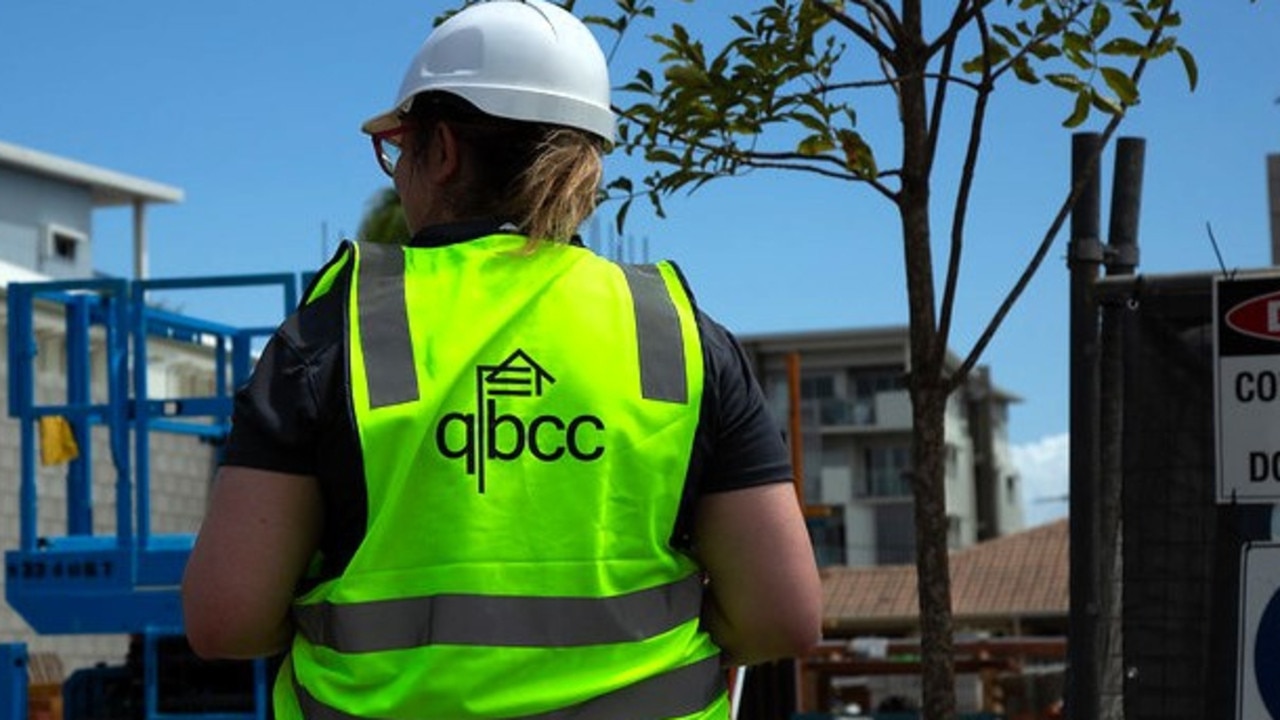Queensland faces $200 million clean up bill for combustible cladding, says Masters Builders
Combustible cladding installed on Queensland buildings could eventually end up costing $200 million to remove. But who will pay for it remains uncertain.

QLD Business
Don't miss out on the headlines from QLD Business. Followed categories will be added to My News.
QUEENSLAND faces a possible $200 million clean up bill to remove dangerous combustible cladding from buildings amid a deepening national crisis over construction standards.
State and federal ministers on Thursday struck an agreement to pursue a nationally consistent approach to reforming haphazard building regulations.
Master Builders Queensland deputy chief executive Paul Bidwell said that between 60 and 100 buildings in Queensland could eventually be found to contain dangerous cladding, potentially costing $200 million to rectify.
Flammable cladding was blamed for the 2017 Grenfell tower disaster in west London and has been linked to high-rise fires in Australia.
The peak body for body corporates in the state, Strata Community Association (Qld), has welcomed the ministers getting together and reaching the agreement to pursue nationally consistent building standards.
But the association’s president Simon Barnard said it was feared Queensland was falling behind the other states with regard to addressing the removal of dangerous combustible cladding and rectification.
He pointed to the Victorian Government’s recent $600 million allocation to fix building considered at the highest risk of fire.
“In Queensland at the moment there is no such commitment from the government,” he said.
“Our position is that lot owners should not have to wear the cost of poor governance in relation to letting these products into Australia in the first place and secondly to be put on buildings.
“It’s a massive concern for lot owners. Queensland was the first to move on some fairly firm policies around cladding and it’s unfortunate we’ve got other states like Victoria now moving ahead of us.”
Gold Coast-based body corporate law specialist Clayton Glenister from MBA Lawyers said the biggest issue was that insurers were starting to say they will not insure buildings.
“It has got the potential to bring the building industry - in particular, the apartment sector - to its knees,” he said. “It’s going to cost the property sector around Australia billions of dollars.”
Mr Glenister said bodies corporate and unit owners obviously were quite concerned and genuinely apprehensive about the whole process.
“Aside from the potential life and death impacts of the issue, there’s considerations about raising special levies as well as increases to levies, which has a detrimental impact on sales values.”
Building certifiers have found it difficult to obtain the necessary public indemnity insurance to sign off on buildings that contain combustible cladding. That sparked fears last month that the Queensland’s $50 billion construction industry could grind to a halt.
Certifiers, whose job is to ensure building work complies with regulations and codes, must have professional indemnity insurance before the Queensland Building and Construction Commission (QBCC) issues them with a licence.

Mr Bidwell said Queensland Public Housing and Works Minister Mick De Brenni had agreed to provide an exclusion in licensing requirements for certifiers in relation to cladding.
But a workable solution to cladding and other risky materials in construction needed to be found. “There still needs to be a system to certify these buildings,” said Mr Bidwell.
A survey has already found 17 privately-owned buildings in Queensland where a fire engineer had indicated cladding was present but an audit will continue until May next year..
Princess Alexandra Hospital, Ascot State School and the Southport Court House are among the 19 government buildings with confirmed combustible cladding.
Federal industry minister Karen Andrews said on Thursday the two tiers of government would fund a task force to carry out recommendations from a recent report, which identified serious failures in building standards.

Property Council CEO Ken Morrison was among the industry leaders crying out for a nationally consistent approach.
“Let’s have a consistent approach to this around the country. Let’s not just have a single-issue solution, because that won’t cut it,” Mr Morrison said. “Let’s not have state by state, go-it-alone solutions, because that won’t cut it.
Mr De Brenni said Queensland remained steadfast that the companies which built buildings and their insurers should pay to fix their mistakes.
“Queensland has led the way on industry reform, and we will continue to lead the way in
delivering confidence to Queensland’s mum and dad homeowners, and the tradies who build
their buildings,” said Mr De Brenni.


